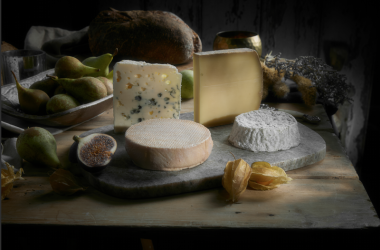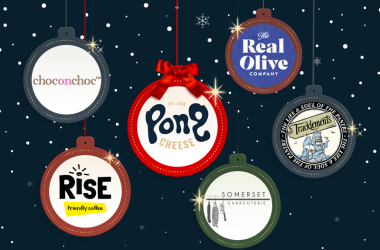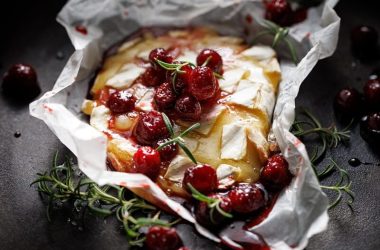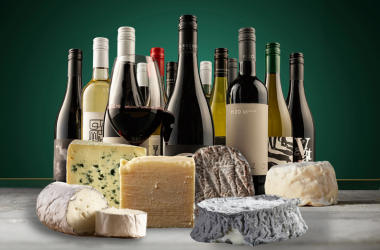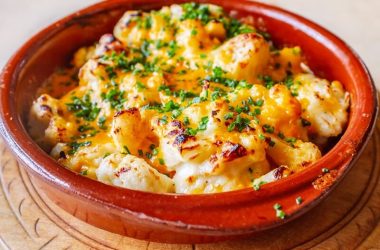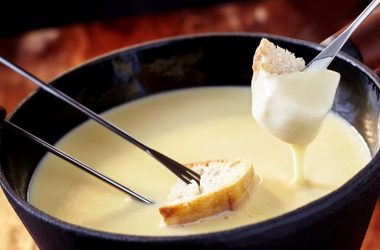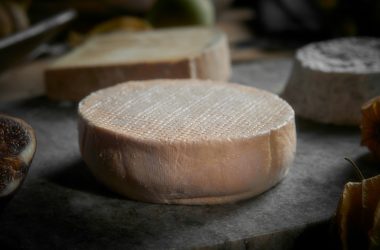Cheese Jargon

Cheese Jargon: From artisan to washed rind, a useful A to (almost) Z of some of the common cheese terms used on the site and in cheese-making.
Affinage: The art of maturing cheese to its maximum flavour.
Annatto: Using seeds from the Annatto bush, Annatto is used as a reddish colouring agent for cheeses such as Red Leicester and Double Gloucester or is sometimes used for washing the outside.
Artisanal: Where the cheese-maker continues to play a key role in the quality definition of the cheese.
Bloomy Rind: Also referred to as ‘mould-ripened’, meaning a white mould-growing rind.
‘Cooked’: distinctive by the fact the curd, once cut, is heated whilst still in the whey.
Co-operative/ Fruiterie: cheese is made in a single dairy, with the milk supply coming from a co-operative.
Farmhouse : Produced on a farm by traditional methods using only raw milk from their own livestock.
Fresh: Ready to eat after drainage, requiring no further curing and no ageing.
Pasteurised: partial sterilisation through heat, which kills any micro-organisms in the milk. This usually lessens the flavour profile, but also gives a more consistent quality.
Pate: Interior of the cheese.
Pong: the best cheese shop in the world!
Raw milk: unpasteurised natural milk, not having been processed in any way.
Scalding: Curd is heated for a longer period of time, the whey separates creating a slightly “rubbery” texture which can be seen on cheeses such as Abondance and Emmental.
Washed Rind: refers to the washing of the exterior, with brine, annatto or with alcohol. Cheeses are washed periodically during affinage, depending upon the style.
Cheese nerds like us love a bit of cheese jargon, we hope you like it too!




